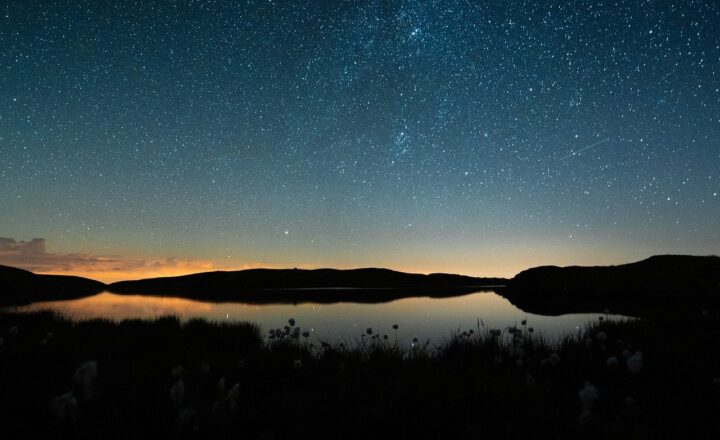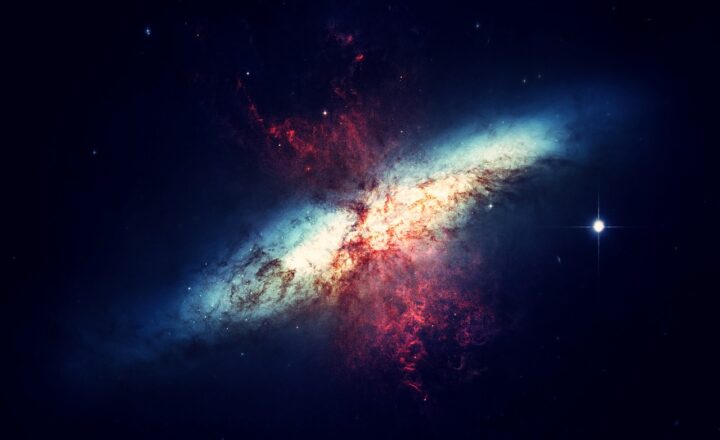Conspiracy Theories About the Moon Landing: Was It All Staged?
November 15, 2024

The Apollo 11 mission, which landed the first humans on the Moon in July 1969, is often hailed as one of humanity’s greatest achievements. Yet, despite the overwhelming evidence supporting the authenticity of this event, a sizable faction of people continues to believe that the moon landing was staged. In this article, we will explore the various conspiracy theories surrounding the Moon landing, the evidence presented by both sides, and the possible psychological reasons behind the persistence of these beliefs.
1. The Origins of Moon Landing Conspiracy Theories
The seeds of conspiracy theories regarding the Moon landing can be traced back to the 1970s. A book titled “We Never Went to the Moon: America’s Thirty Billion Dollar Swindle” by Bill Kaysing ignited skepticism, claiming that the government had fabricated the Moon landing to win the Space Race against the Soviet Union. Kaysing’s assertions, despite lacking concrete evidence, captured public interest and spurred a wave of conspiracy theories.
This skepticism gained traction in the late 20th century, particularly after documents from the Cold War were declassified, revealing the lengths to which the U.S. government would go to protect its interests. The rise of the internet further amplified these theories, allowing like-minded individuals to congregate and share their views.
2. Popular Conspiracy Theories
Several key conspiratorial ideas have emerged over the years that question the authenticity of the Moon landing:
- The Flag Waving: One of the most famous arguments made by skeptics is that the American flag appeared to be waving in the vacuum of space. The argument states that this is impossible, as there is no atmosphere on the Moon to create wind. However, experts in physics contend that the flag was designed with a horizontal rod to hold it aloft and the waves were created during the process of planting it on the lunar surface.
- No Stars in the Photos: Another controversial claim is that photographs taken during the Moon landing do not feature stars in the backdrop. Conspiracy theorists argue that if the landing were real, the bright stars would necessarily be visible. It’s important to note that the camera settings were optimized for bright surfaces, like the lunar lander and astronauts, thus closing the aperture which didn’t capture the relatively dim light of stars.
- The Radiation Belts: Some theorists suggest that passing through the Van Allen radiation belts in orbit would have lead to lethal doses of radiation for astronauts. In reality, the trajectories of the Apollo missions were carefully plotted to minimize exposure time, and the spacecraft had adequate protective measures to ensure the safety of the crew.
- The Hoax Theory by NASA: Some claim that NASA orchestrated a hoax to ensure that they would secure funding for future missions and advance their reputation in the context of the Cold War. They argue that the space agency had something to prove, especially in light of the ongoing tensions with the Soviet Union. However, the immense logistical challenge of such a conspiracy, including training thousands of individuals and maintaining silence, renders this theory highly implausible.
Each of these claims has been thoroughly debunked by experts in various fields, yet they continue to circulate in popular discourse.
3. Debunking the Theories
The scientific community has fervently worked to debunk moon landing conspiracy theories:
- Photographic Evidence: Experts have analyzed the photographs from the Apollo missions, confirming their authenticity via various metrics, such as the complexity of shadows and the geometry of lunar craters. Additionally, independent researchers have compared moon rocks brought back to Earth which display unique characteristics not found in terrestrial rocks.
- Live Broadcast Confirmation: The moon landing was broadcast live to millions across the globe. The event was witnessed by an international audience, including many independent analysts who were both skeptical and scientifically literate. Their statements lend credibility to the evidence supporting the mission.
- Tracking and Monitoring: During the Apollo missions, many countries (including those that were politically opposed to the U.S.) tracked the spacecraft’s trajectory. This was done with radar and radio waves, confirming its validity. If it were a hoax, these foreign governments would have had the motivation to publicly disclose it.
Fundamentally, the scientific community asserts that every aspect of the Apollo missions is supported by factual evidence and validated by independent research.
4. Psychological Factors Behind Conspiracy Beliefs
The allure of conspiracy theories often taps into deeper psychological needs. Studies suggest that People believing in conspiracy theories may struggle with uncertainty, feel powerless, or distrust traditional information sources. Thus, embracing conspiratorial beliefs provides a sense of control or understanding in a confusing world.
Furthermore, as societal skepticism increases, conspiracy theories may serve as an outlet for fear and anxiety. The phenomenon of confirmation bias also plays a critical role—as people tend to favor information that confirms their preconceptions while dismissing contrary evidence.
This dynamic fosters a self-reinforcing cycle wherein conspiracy believers dismiss factual information as propaganda, while simultaneously reinforcing their own beliefs. In this way, conspiracy theories perpetuate themselves, creating a polarized environment.
5. The Impact of Social Media on Conspiracy Theories
In our hyper-connected world, social media has dramatically increased the dissemination of conspiracy theories. Platforms designed to enable free speech often become echo chambers where misinformation flourishes. Algorithms prioritize engagement, and sensational content is regularly pushed to the forefront, allowing conspiracy theories to thrive.
Additionally, influential figures and celebrities who propagate these theories can greatly expand their reach and lend them credibility in the eyes of followers. A lack of stringent fact-checking on social platforms creates fertile ground for misinformation, complicating the efforts of those who seek to combat conspiracy theories.
Thus, the viral nature of misinformation in the age of social media has brought conspiracies like moon landing hoaxes to new audiences, reinforcing a wider spread of doubt about established truths.
Conclusion
While the Moon landing conspiracy theories may seem intriguing to some, they ultimately reflect a deeper societal unease and distrust of institutions. The overwhelming evidence substantiates the reality of the Apollo missions, and the theories that suggest otherwise have been thoroughly debunked. The conversation about conspiracy theories serves as a stark reminder that while skepticism has its place in inquiry, unfounded suspicions can lead people away from the truth.
The case of the Moon landing challenges us to seek a balanced approach—cultivating critical thinking while not diverging into paranoia. By doing so, we can encourage productive dialogues, dismantle unfounded fears, and embrace the incredible achievements of science and humanity. Accepting the past that shaped our future proves essential in building a society that moves forward with integrity, knowledge, and optimism.







